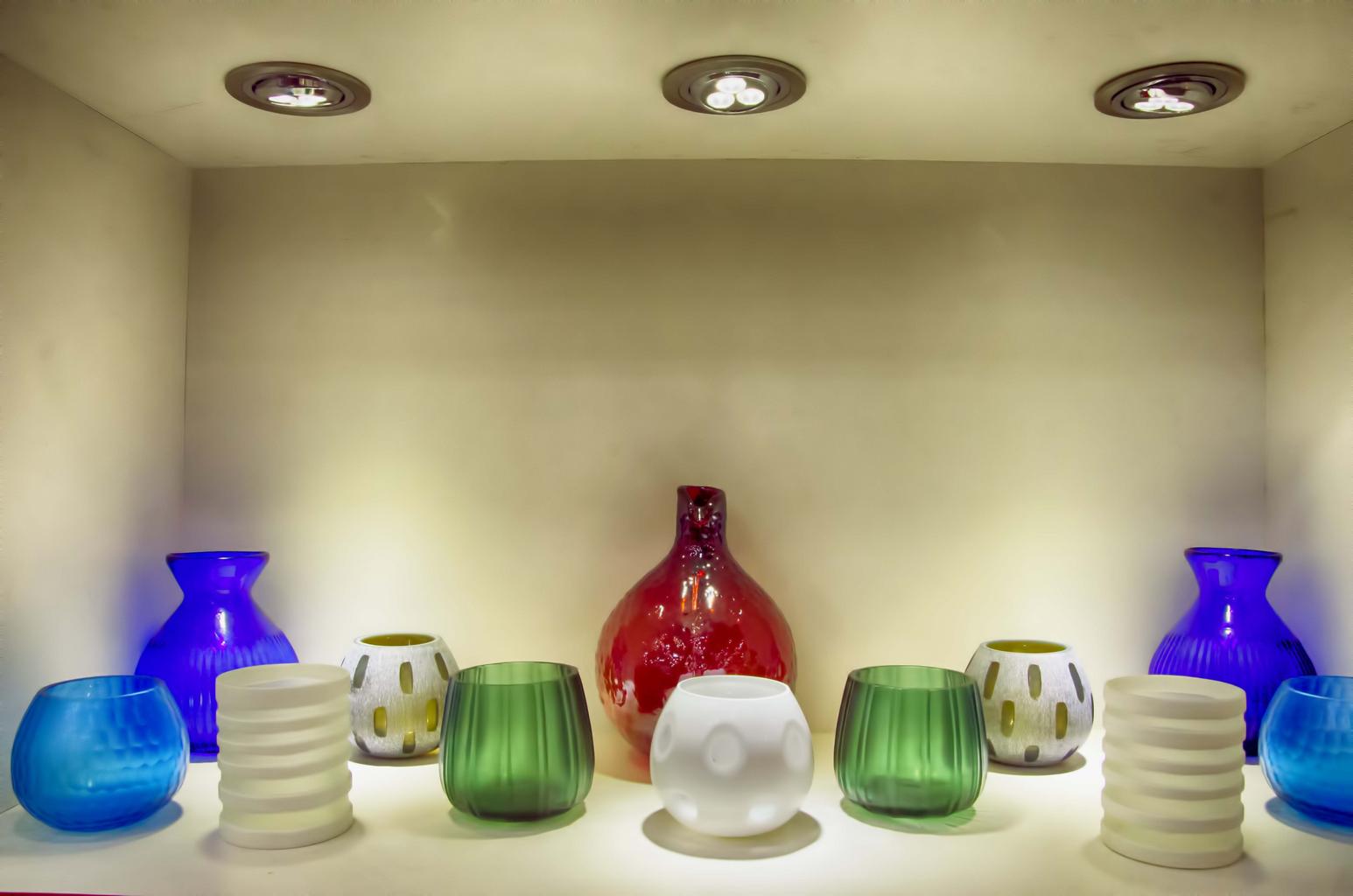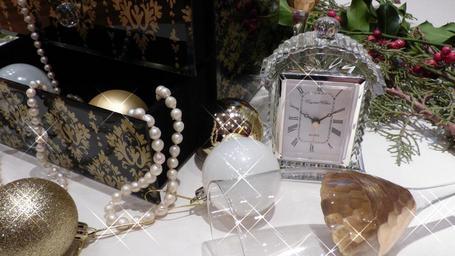Introduction
In the realm of photography, self-portraits have undergone a significant transformation over the years. Gone are the days when a self-portrait merely meant holding a camera in front of oneself and capturing an image. Today, we delve into a more profound artistic expression known as abstract self-portrait photography. This genre not only showcases the photographer's image but also embodies their emotions, thoughts, and inner worlds. In this article, we will explore various techniques, concepts, and inspirations behind abstract self-portrait photography while emphasizing its impact on personal spaces and interior decor.
Unpacking the Mystery Behind Abstract Self-Portrait Photography Techniques
What Is Abstract Self-Portrait Photography?
Abstract self-portrait photography transcends traditional portraiture by using surreal elements to convey deeper meanings and feelings. Instead of focusing solely on facial features or expressions, photographers often incorporate unusual angles, creative lighting, and abstract compositions to represent their internal realities. This technique invites viewers to interpret the artwork based on their perspectives, fostering a unique connection between the subject and audience.
The Role of Aesthetic in Photography
Aesthetics play a crucial role in shaping how audiences perceive abstract self-portraits. By employing vibrant colors, contrasting shades, or even muted tones, photographers can evoke specific emotions or moods in their work. For instance, an aesthetic colorful portrait photography piece may elicit joy or excitement, while darker hues might convey sadness or introspection.
Techniques for Creating Abstract Self-Portraits
Creating abstract self-portraits involves experimenting with numerous techniques that can elevate your work from mundane to mesmerizing.
1. Creative Angles and Perspectives
- Use unconventional angles to create dynamic compositions. Experiment with close-ups and wide shots for different effects.
2. Lighting Techniques
- Play with natural light and shadows. Utilize colored gels for dramatic effects.
3. Incorporating Textures
- Use fabric or other textural elements to add depth. Overlay patterns digitally during post-processing.
4. Movement and Motion Blur
- Capture movement to create a sense of dynamism. Experiment with long exposure techniques for ethereal effects.
5. Layering Elements
- Combine multiple images to create complex narratives. Use double exposure techniques for fascinating results.
Faceless Self Portrait Ideas: Emphasizing Emotion Over Identity
Faceless self-portraits have gained popularity as they allow photographers to express feelings without revealing their identities. This approach encourages viewers to engage with the essence of emotion conveyed through body language, props, or https://rentry.co/boprto6r color schemes rather than focusing on facial features.

The Impact of Personal Spaces with Art
Transforming Environments Through Art
Art has an incredible power to transform environments—be it your living room wall or your workspace cubicle. An aesthetically pleasing environment promotes creativity and well-being by creating inviting spaces for relaxation or inspiration.
Interior Decor Inspiration Using Abstract Portraits
When it comes to interior decor inspiration, incorporating abstract self-portraits can significantly enhance personal spaces. Large canvas pieces make bold statements that grab attention while serving as conversation starters during gatherings.
Tips for Large Canvas Hanging
Choose the Right Height: Hang your canvas at eye level for optimal viewing. Create Balance: Pair large pieces with smaller artworks for visual interest. Consider Lighting: Ensure there’s adequate ambient light around your artwork. Mix Media: Combine photographs with other art forms like paintings or sculptures for diversity.Wall Art Placement Strategies
Finding the Perfect Spot
Finding the right wall art placement requires careful consideration of both aesthetic appeal and functionality:
Focal Points: Identify areas that naturally draw attention (e.g., above a sofa). Symmetry vs Asymmetry: Decide whether you want a balanced look or an eclectic mix. Groupings: Curate collections of pieces that tell a story when displayed together.Creating Inviting Spaces with Wall Art
Wall art contributes significantly to creating inviting spaces within homes or offices:
Choose warm colors that encourage comfort and relaxation. Incorporate personal touches through family photos integrated into abstract designs. Consider thematic cohesion—matching styles help unify different elements in a room.Visual Storytelling in Design
The Narrative Power of Abstract Self-Portraits
Abstract portraits can serve as powerful tools for visual storytelling:
- Each element—including color choice, composition style, and subjects—can narrate a story about identity or experience. Viewers may find themselves drawn into rich narratives based solely on imagery rather than words.
Self-Expression Through Decor
The Importance of Personal Touches
Decorating one’s space is fundamentally about self-expression:
Personalized artwork reflects individual tastes and experiences. Utilizing abstract art allows homeowners to share their stories without uttering a word—each piece becomes part of an ongoing narrative within their lives.FAQs About Abstract Self-Portrait Photography Techniques
1. What defines abstract self-portrait photography?
Abstract self-portrait photography focuses on representing emotions through non-traditional compositions rather than just appearances.
2. How do I start creating faceless self-portraits?
Begin by experimenting with angles that obscure your face while highlighting expressions through body language or props.
3. What are some essential tips for hanging large canvases?
Ensure they’re hung at eye level while considering lighting conditions and balance against other decor elements around them.
4. How can abstract art enhance my living space?
Abstract art adds personality by evoking emotions; it transforms rooms into inviting environments that reflect who you are personally.
5. Are there benefits to using textures in my photos?
Textures enhance depth in photographs; they invite viewers’ eyes to explore each layer of emotion captured within frames better than flat images alone can convey.
6. Why is visual storytelling important in design?
Visual storytelling enables artists/designers/photographers alike not only connect emotionally but also inspire others through shared experiences expressed artistically!

Conclusion
In conclusion, unpacking the mystery behind abstract self-portrait photography techniques reveals an intricate tapestry woven from creativity, emotion, and expression—a journey that transcends mere documentation into realms where art meets identity itself! As we explore innovative ways of integrating these artistic expressions into our personal spaces through decor choices like large canvas placements alongside aesthetic photo walls—we foster environments reflecting who we truly are inside! So why wait? Grab that camera; unleash those creative juices today!